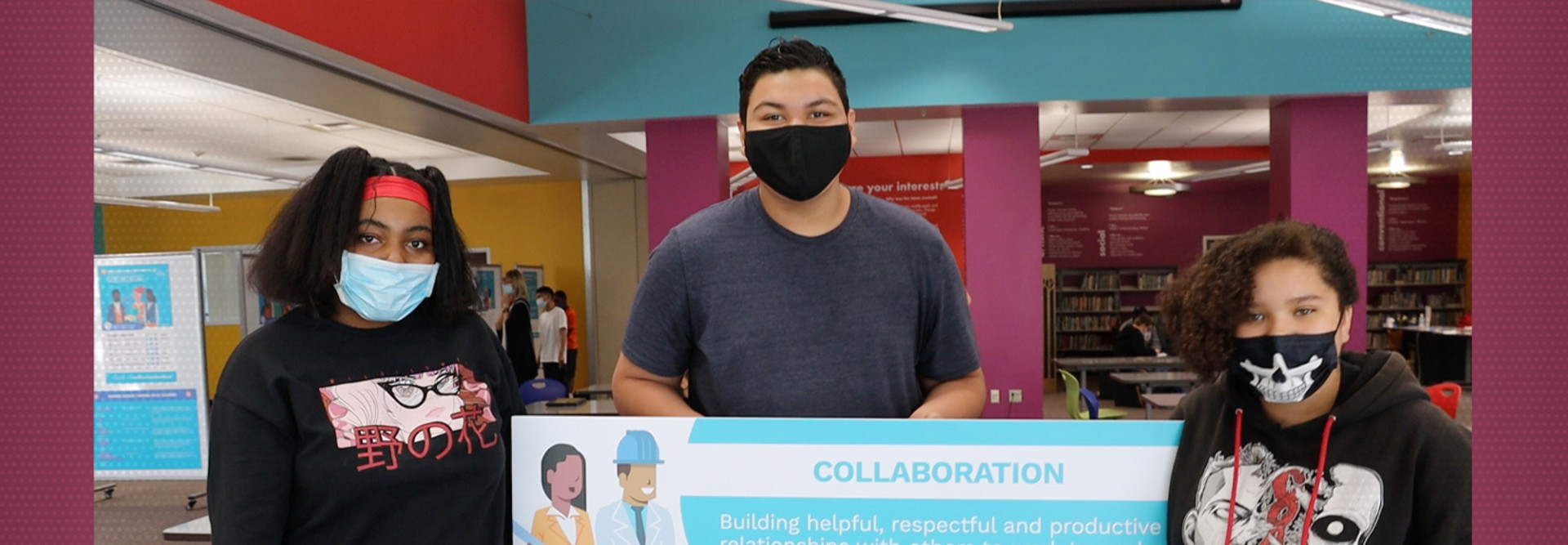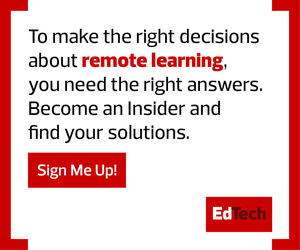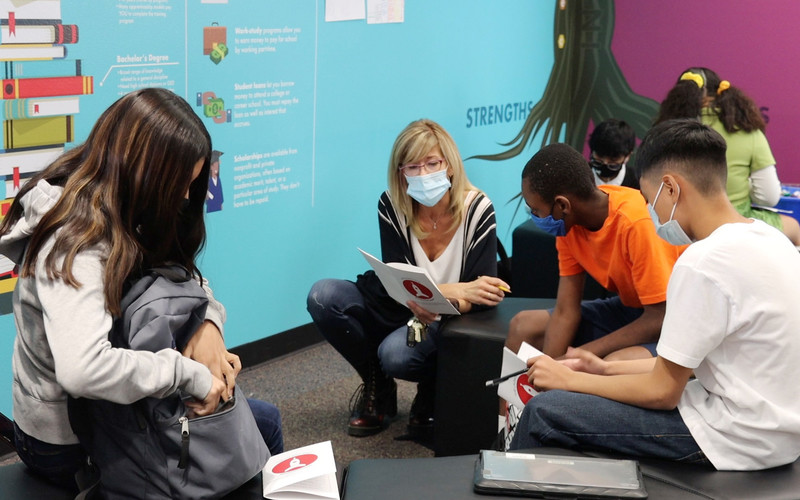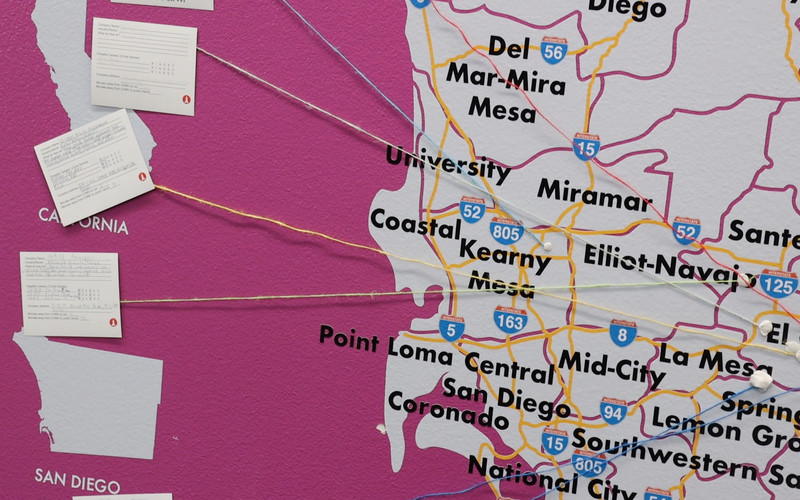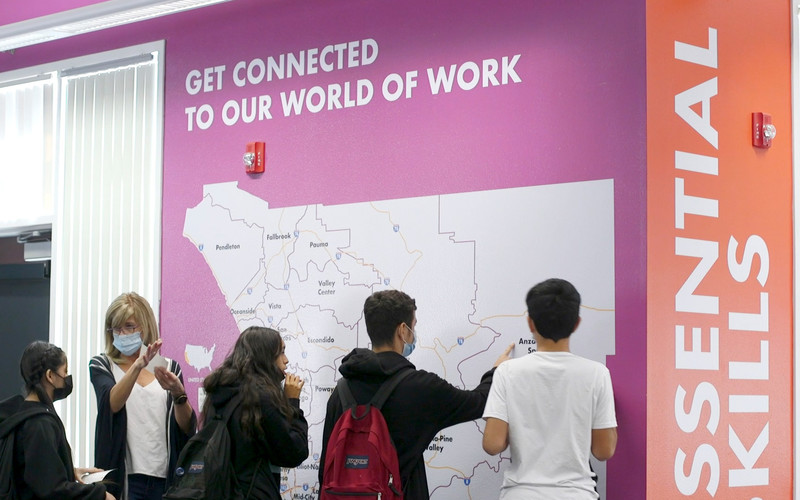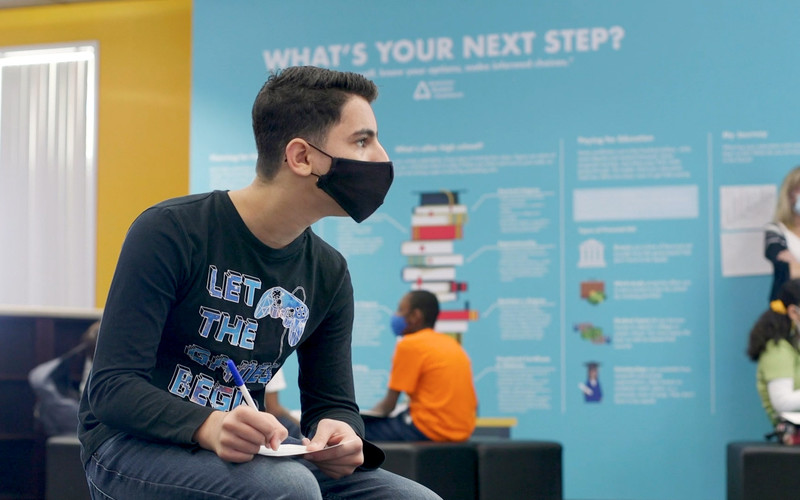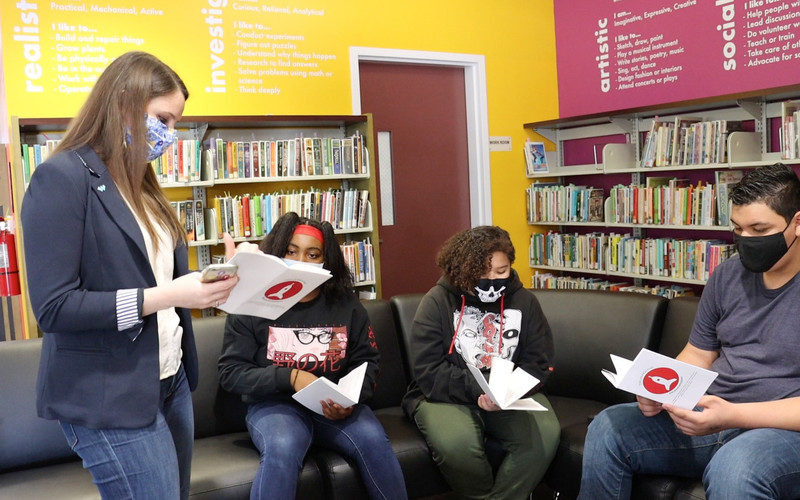Interactive learning is at the heart of the Challenger Learning Center for Science and Technology in Woodstock, Ill., which uses space-themed learning environments to engage students in problem-solving STEM activities. Before the pandemic, students visiting the center participated in an immersive mission to Mars, spending half of their time in a mission control center and the other half in a simulated spacecraft.
“We can’t do any of those things with students when they’re remote,” says Denise Brock, lead “flight director” (an instructional role) at Challenger. “We can’t get them robotic arms. So we worked really hard to come up with virtual missions. We have a website with a Zoom call embedded. Students get a dashboard, and they’re divided into breakout rooms. They go over the information they’ve been given, and the goal of the mission is to determine which of two moons they should settle on for future Mars missions.”
Tracy Jacobson, program developer at Challenger, says younger kids participate in remote play-based activities that get them excited about STEM content. “They get the opportunity to hear an astronaut from the International Space Station read a story, and they learn how to track the space station in the sky and when it will pass over their house,” she says. “They design their own space stations within their homes using sheets and furniture.”
“That ends up being a pretty fun day,” says Brock. “We wanted to get the kids off of screens, to try to get them to do something hands-on.”
KEEP READING: Computer science education at Aberdeen High propels growth and equity.
What Does the Future of STEM Pedagogy Hold?
Burlington Public Schools in Massachusetts set up a fully online Remote Learning Academy for the 2020-2021 school year. The district sent home packages of materials, and teachers have given students challenges using common household items. In one lesson, students sorted materials by whether they were transparent, translucent or opaque, and then used the materials to try to completely darken a room during the daytime.
But effective STEM instruction goes beyond hands-on activities, notes Sean Musselman, remote learning academy director and a science specialist for the district. “So much of good STEM pedagogy is rooted in discourse,” he says. “Teachers struggled mightily early on with that interaction.”
Over time, Musselman says, teachers became more effective at getting students to collaborate and communicate remotely — especially when Google Meet deployed breakout rooms in the fall. “That gave teachers more flexibility to send students to smaller settings, and it moved the needle considerably in terms of what we were able to get out of kids,” he says.
One silver lining of remote instruction: “Students in our remote learning academy are so much more proficient with the tech tools that we’re using,” Musselman says.



